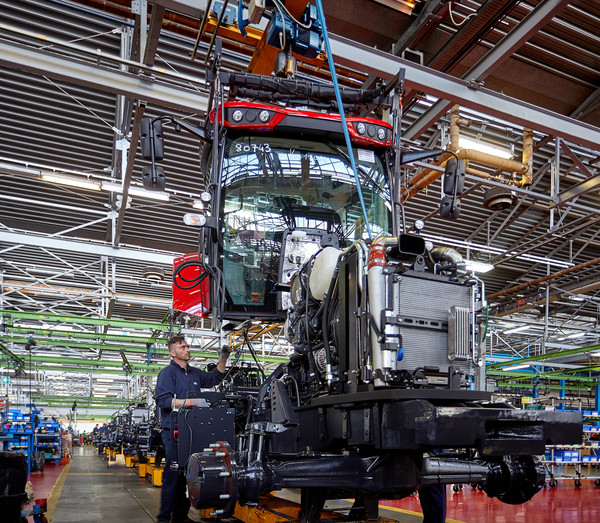
Confindustria, the presidency of Emanuele Orsini
The CEO of Sistem Costruzione elected by an overwhelming majority. Orsini’s programmatic platform: to revive national industry, focus on energy independence and investment
Emanuele Orsini is the new president of Confindustria. The CEO of Sistem Costruzione, as well as president of Tino Prosciutti, was elected by the private assembly of delegates with 99.5% of the votes and will remain in office until 2028. Participation in the voting operations was also very high, in which 98% of eligible voters took part, confirming the strong consensus that Orsini's candidacy managed to catalyse. “I am very happy. The vote showed that our system, after a somewhat heated election campaign, was able to compact immediately”, said the 32nd president of Confindustria, commenting on the outcome of the ballot.
The Orsini platform: the ten “chapters”. The election of Orsini took place in a very delicate phase for Italian industries, which must contend not only with geopolitical tensions, the energy supply crisis and logistics problems, but also with the consequences of inflation and the credit crunch. The program in “ten chapters”, relaunched by the new president before the meeting of industrialists, responds precisely to the objective of consolidating the Italian system and responding proactively to economic challenges. Europe, energy, investment, human capital, infrastructure are the main cornerstones around which the platform of the new president is structured; he obviously does not leave out strategic areas such as transport, tourism, industry, logistics, the South. Particular emphasis is given to the issue of legal certainty, which continues to significantly influence the propensity to invest in Italy.
An industrial policy for the EU. Meanwhile, as Orsini recalled, there is the long-awaited appointment with the European elections, which could really change the face of the Old Continent. “In the European Union, we need to work on a genuine Community industrial policy and dismantle anti-industrial ideological attitudes. We need - said the newly-appointed president of Confindustria - a cultural change to turn the tide and we hope that the next Commission will put industry, competitiveness and growth at the centre.” On this ground there is no shortage of controversial dossiers, first of all packaging and stopping the endothermic engine in 2035. In the background, the central issue of energy supplies remains; an issue that impacts on the competitiveness of Italian industries and has clear implications for national security. According to Orsini, it is necessary to cross the goal of energy independence, but to achieve this goal it is not conceivable to focus exclusively on renewables. Instead, we need an energy mix, which also includes the latest generation of nuclear power but is also necessary, to ensure the maintenance of a national electricity grid, a strategic asset for our country. In this scenario, still in progress, a good starting point is represented – again according to Orsini – by the creation of the single European energy market, a key tool to strengthen the competitiveness of Italian and continental industry.
Planning for the future. Investment must return to the heart of Italian and European industrial policy. “Industry 5.0 must be implemented immediately, but it is linked to the NPRR while - said Orsini - we need a longer vision, 5-year measures, and define the guidelines of development contracts.” Investing also means focusing on the realization of the great works that Italy needs. Above all, we need connecting infrastructure: the priority is to unite the country. That is why some chapters need to be reviewed on differentiated autonomy and more complex reasoning needs to be done, because on issues such as energy, logistics, infrastructure, we cannot run the risk of dividing North and South. “At a time when we are very strongly calling for a United States of Europe - Orsini commented - we must promote the industrial development of the South, in order to break down the economic and social gaps. It is essential to bring the level of employment closer to that of the North and South”.
The call for confrontation. Central to the program of the new president of Confindustria is dialogue with the government and unions. “Let us sit down to confront each other, not in a confrontational but constructive way. We need a vision of the country: what everyone must have in mind - he concluded - is an idea of growth. Once this is done, we all win” .








